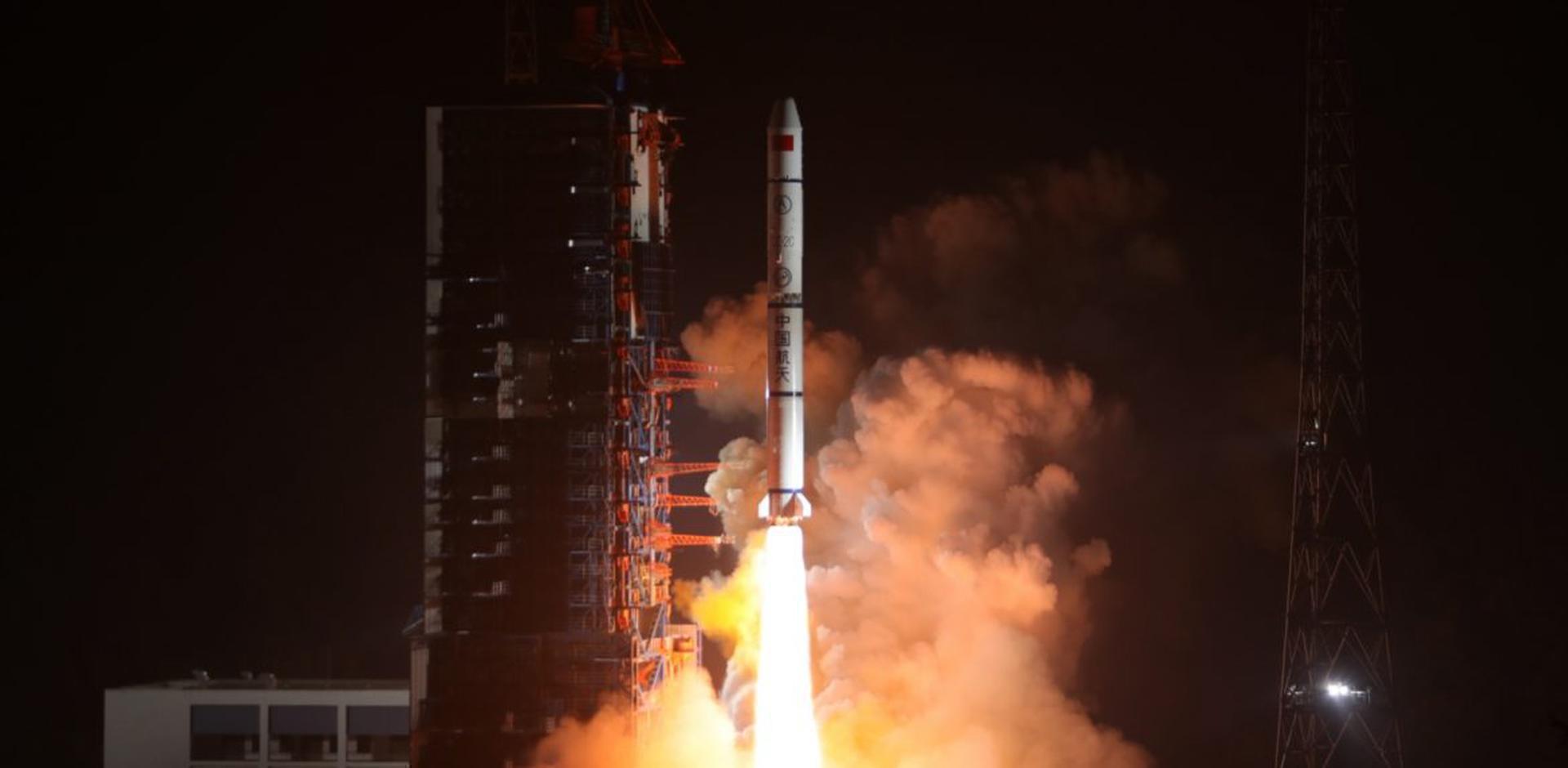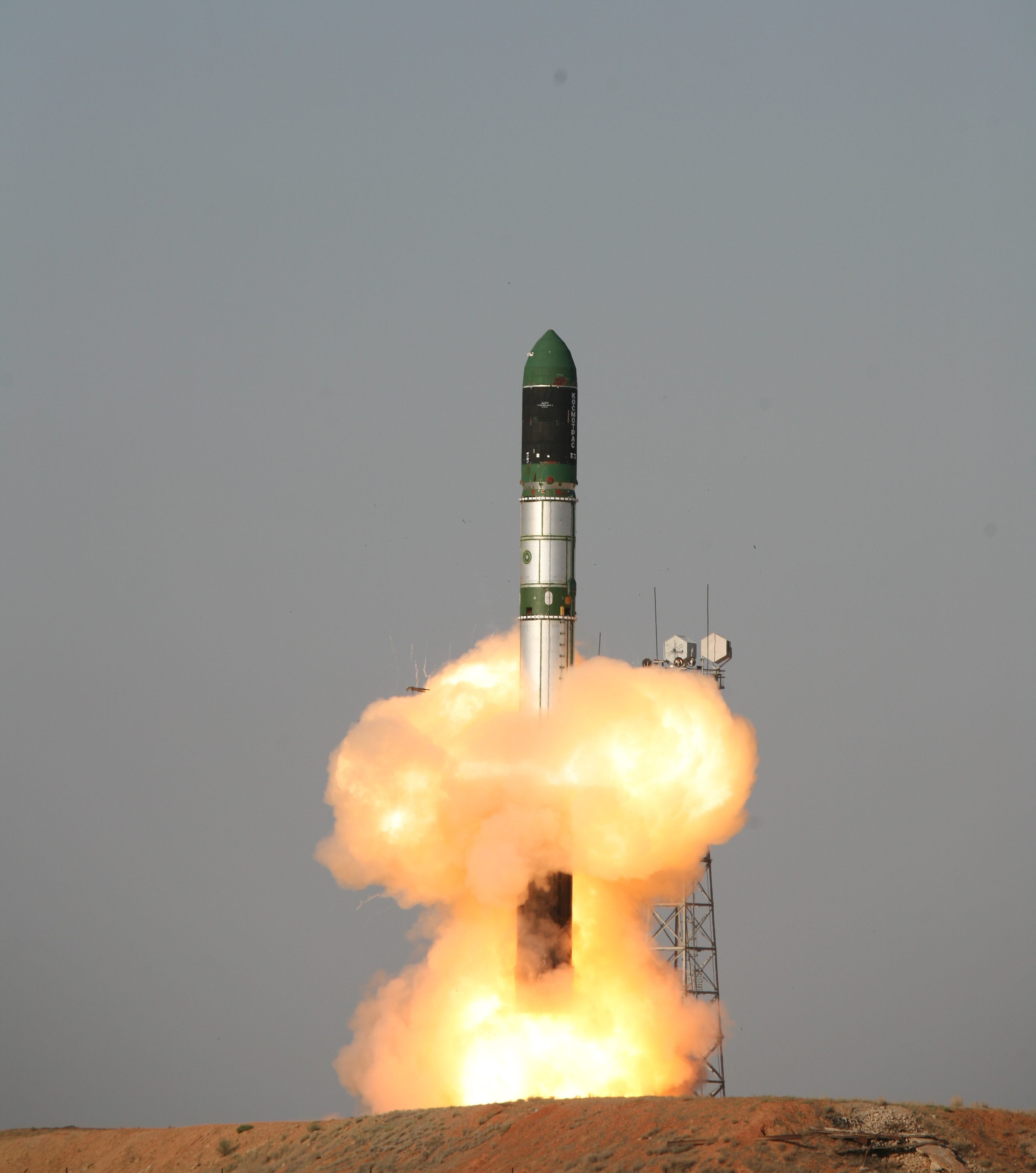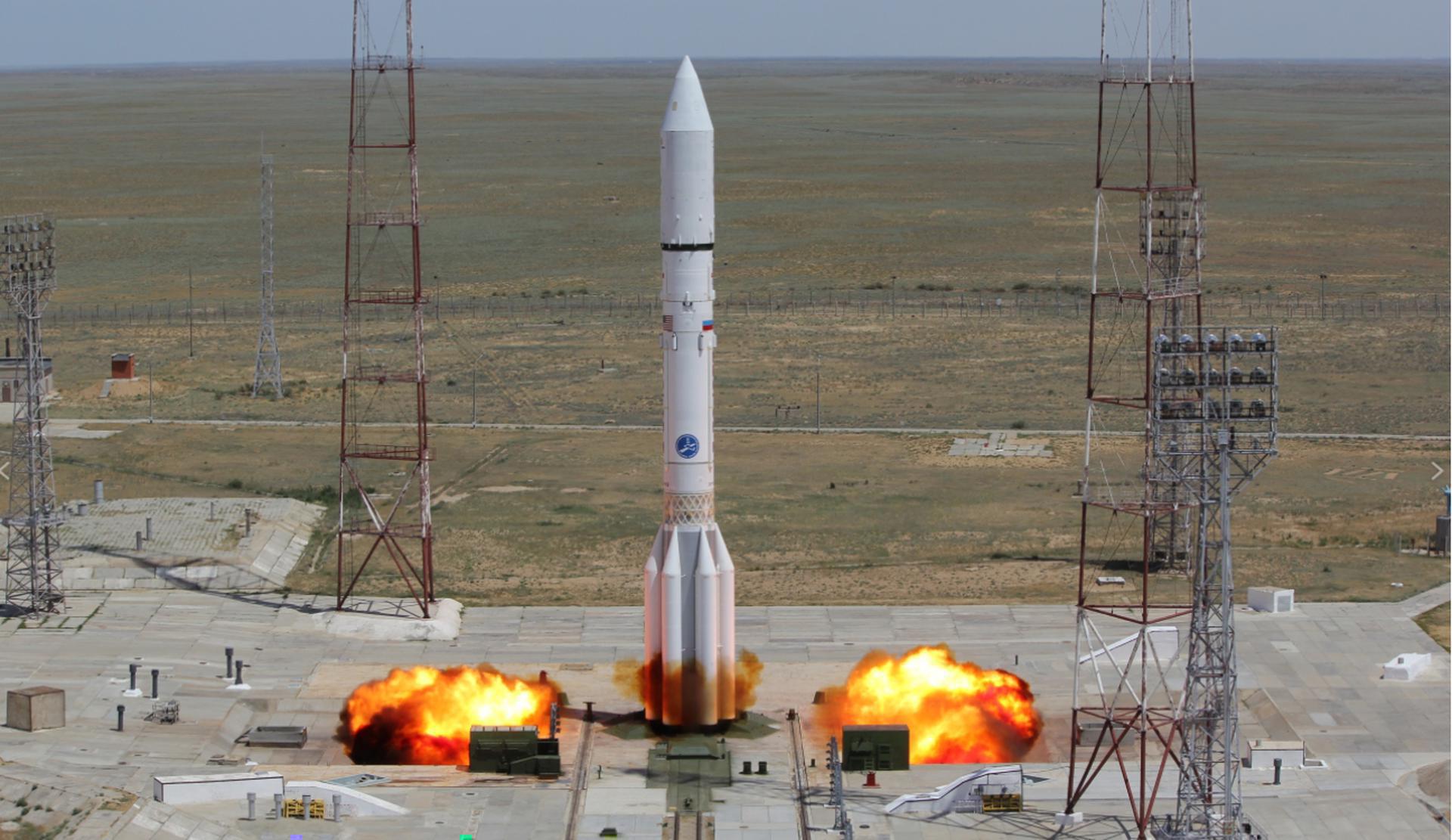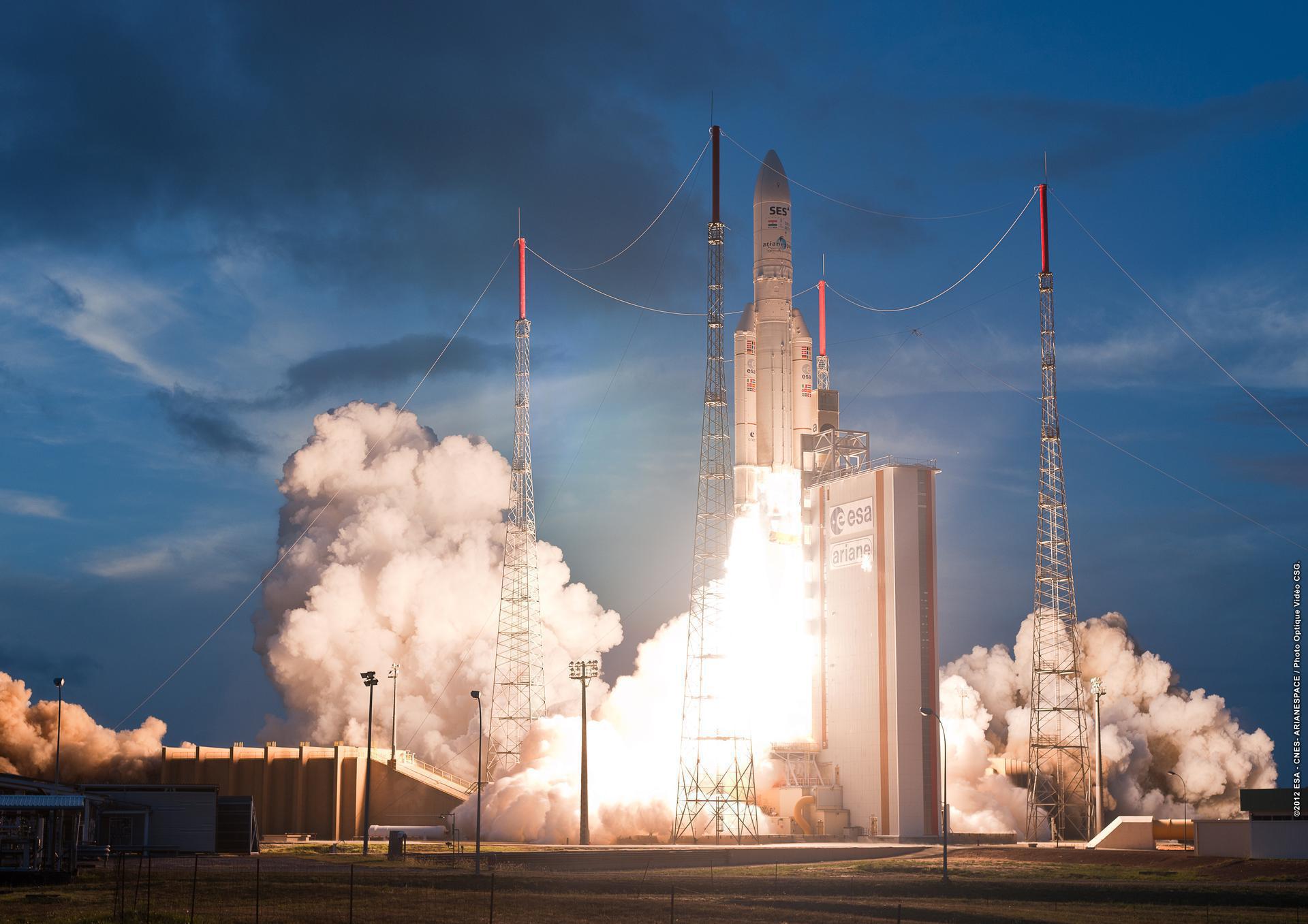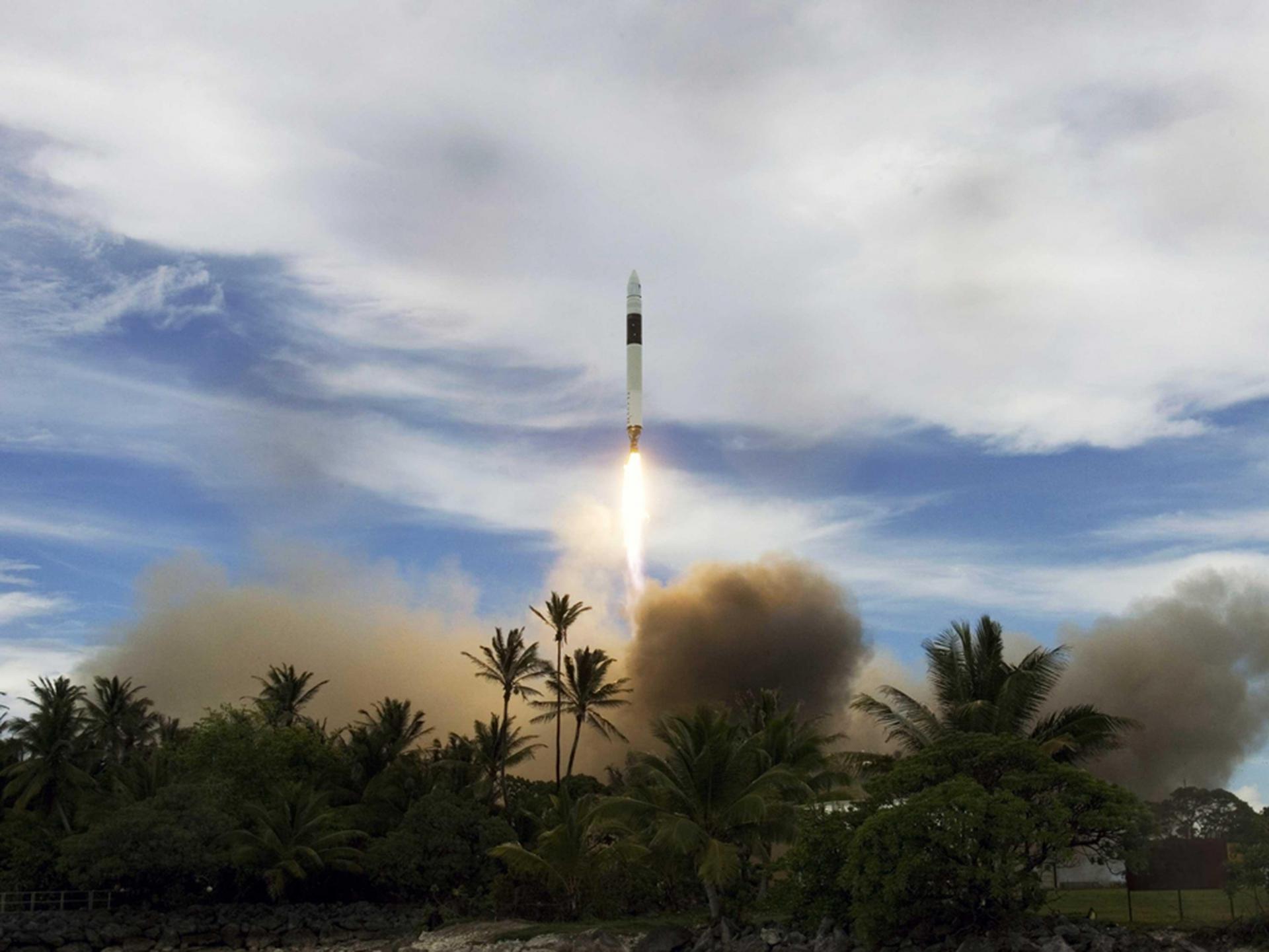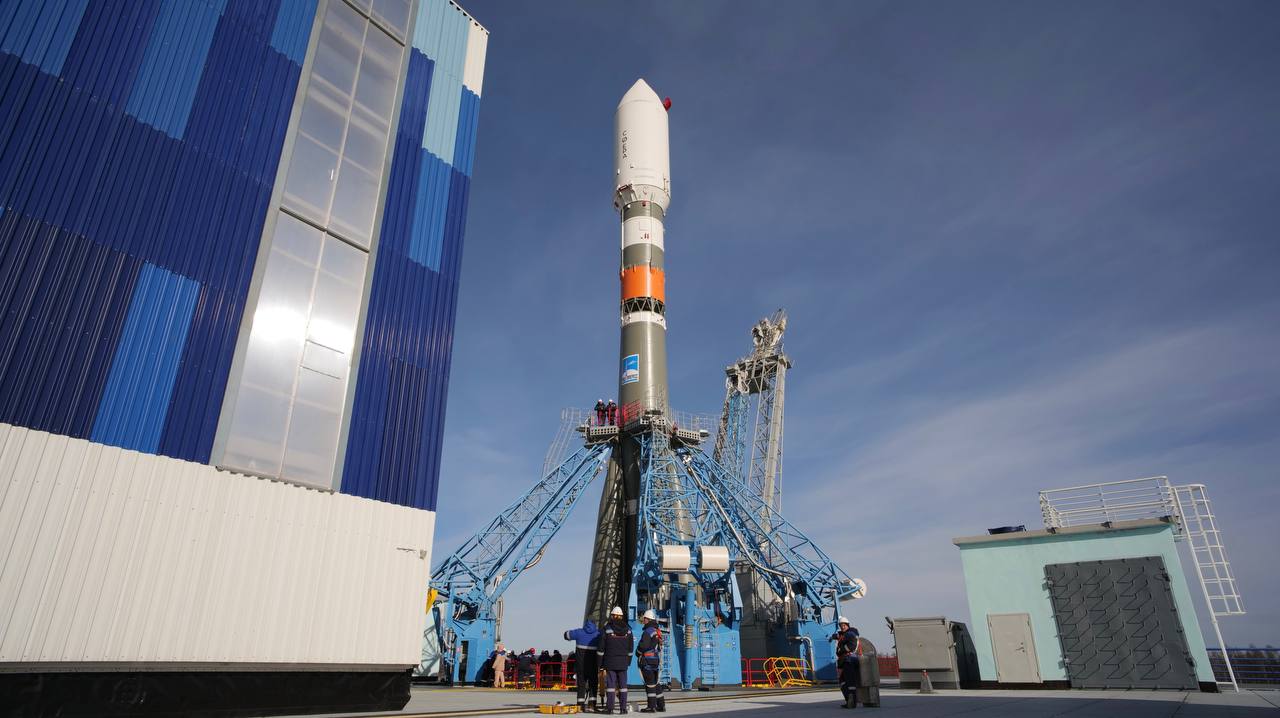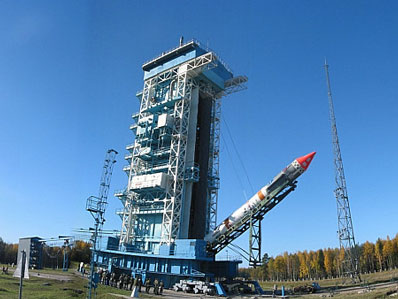Previous Spaceflight Launches
Filter by Agency, Locations or Vehicles
Show All LaunchesLong March 2C/SMA | Huan Jing 1A & 1B
China Aerospace Science and Technology Corporation | ChinaTaiyuan Satellite Launch Center, People's Republic of China
Sept. 6, 2008, 3:25 a.m.
Dnepr | RapidEye 1 to 5
ISC Kosmotras | RussiaBaikonur Cosmodrome, Republic of Kazakhstan
Aug. 29, 2008, 7:15 a.m.
Proton-M Briz-M | Inmarsat 4 F3
Khrunichev State Research and Production Space Center | RussiaBaikonur Cosmodrome, Republic of Kazakhstan
Aug. 18, 2008, 10:43 p.m.
Safir | Omid
Iranian Space Agency | IranSemnan Space Center, Islamic Republic of Iran
Aug. 16, 2008, 7:32 p.m.
Ariane 5 ECA | AMC-21 & Superbird 7
ArianeGroup | FranceGuiana Space Centre, French Guiana
Aug. 14, 2008, 8:44 p.m.
Falcon 1 | Flight 3
SpaceX | United States of AmericaRonald Reagan Ballistic Missile Defense Test Site, Kwajalein Atoll, Marshall Islands
Aug. 3, 2008, 3:34 a.m.
Soyuz 2.1b | Persona 1
Progress Rocket Space Center | RussiaPlesetsk Cosmodrome, Russian Federation
July 26, 2008, 6:31 p.m.
Kosmos-3M | SAR-Lupe 5
Russian Space Forces | RussiaPlesetsk Cosmodrome, Russian Federation
July 22, 2008, 2:40 a.m.
Zenit | Echostar XI
Sea Launch | RussiaSea Launch
July 16, 2008, 5:20 a.m.
Ariane 5 ECA | Badr-6 & ProtoStar I
ArianeGroup | FranceGuiana Space Centre, French Guiana
July 7, 2008, 9:47 p.m.
Status: Launch Successful
Mission:
Badr-6 is a satellite as part of the fourth generation of Arab communication satellites. It is inteded to create an integration of social and cultaral activities among the Arab League countries. Protostar I is a satellite built by SSL and operated at 98.5 degrees East providing communications.
Geostationary Transfer Orbit